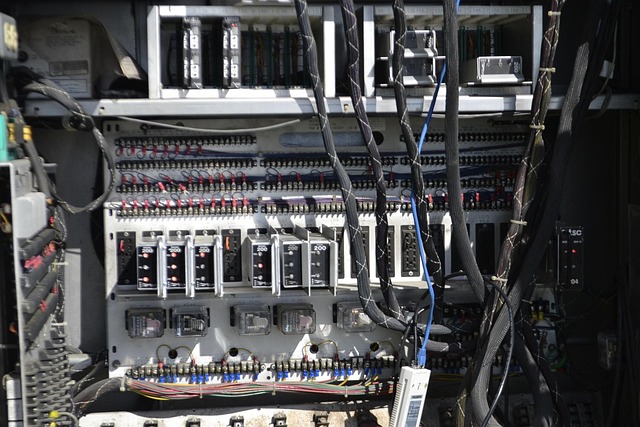Exploring the Double Image Effect in Virtual Reality, Augmented Reality, and the Metaverse
The world of hardware has significantly transformed how we perceive and interact with our digital environments. Among the fascinating phenomena encountered in this realm, the double image effect captivates many. As we dive deeper into virtual reality (VR), augmented reality (AR), and the metaverse, understanding this effect becomes increasingly important for both developers and users alike.
Virtual Reality: A New Dimension of Experience
In the immersive universe of VR, the double image effect can occur when the visual information presented to each eye is not perfectly synchronized. This discrepancy creates a feeling of depth that enhances realism but can also lead to discomfort if poorly executed. Harnessing powerful hardware, developers strive to create seamless experiences that transport users into fantastical worlds without the jarring interruption of double images.
The beauty of VR lies in its ability to replicate real-life sensations, making every moment feel tangible. However, achieving this realism is no small feat, and the double image serves as a reminder of the delicate balance between innovation and user comfort.
Augmented Reality: Blending Real and Virtual Worlds
AR, on the other hand, overlays digital content onto the physical environment, creating an experience where both realms coexist. The double image effect can emerge here as well, especially when the hardware fails to accurately align virtual objects with real-world surroundings. In AR, clarity is crucial; any misalignment can cause distractions, making digital interactions feel jarring rather than seamless.
This technology seeks to enhance our understanding of the world around us, whether it’s by providing navigation, educational content, or just an interactive game. No user wants to deal with the cognitive dissonance that arises from seeing two versions of the same image. Thus, consistent advancements in AR hardware are fundamental in mitigating the double image effect and enriching user experiences.
The Metaverse: A Convergence of Realities
The metaverse represents the pinnacle of immersive experiences, where VR and AR merge to create interconnected digital ecosystems. In this expansive universe, the double image effect takes on new significance. As users navigate through shared spaces and interact with holographic representations of their peers, the perfection of visual fidelity is paramount.
As hardware continues to evolve, overcoming the challenges posed by the double image effect becomes essential for crafting a metaverse that feels cohesive and inviting. Users expect a seamless transition between their digital avatars and the environments they inhabit. Anything less can undermine the immersive experience, leading to frustration rather than fascination.
The journey to perfecting the double image effect in the realms of VR, AR, and the metaverse is ongoing. Developers, engineers, and designers are working tirelessly to refine hardware capabilities and push the boundaries of what’s possible. With each leap forward, users find themselves not just observers but active participants in a stunning digital tapestry, where the lines between reality and imagination blur beautifully.
As we continue to explore these technologies, understanding the principles behind the double image effect helps us appreciate the artistry involved in creating unforgettable virtual experiences. In a world where hardware is constantly evolving, each step forward brings us closer to a reality where the double image becomes a relic of the past, and seamless immersion takes center stage.




